Fleet Air Arm Torpedo Bomber Reconnaissance Carrier-based biplane (1938-1943)
The Fairey Albacore (“Applecore”) is a single-engine biplane torpedo bomber operated by the Royal Navy Fleet Air Arm (FAA) in WW2, planned replacement of the legendary Swordfish of the same manufacturer. It had the same role or recce/spotting/torpedo/dive bombing with a crew of three, better engine and enclosed cokcpit. It fist flew on 12 December 1938, and was produced betwene 1939 and 1943, entering FAA service with the 826 Naval Air Sqn by March 1940. It flew from land bases over the English Channel and later from aircraft carrier in the Med and Atlantic from November 1940, then with 15 first-line FAA squadrons. The Albacore soldiered in the Battle of Cape Matapan, Second Battle of El Alamein, landings at Sicily, Salerno, attack on Tirpitz and other occasions, until replaced by the Fairey Barracuda and Grumman Avenger. #ww2 #fairey #faireyalbacore #fleetairarm #royalnavy
Development History
Fairey’s proposals: One monoplane and three biplanes.
The Albacore initial origin went back to the Specification S.41/36, by the Air Ministry dated February, 11, 1937 and the the eaven earlier specification M.7/36 which specified the need for the Royal Navy’s carrier-based component of a 3-seat TSR (torpedo/spotter/reconnaissance) aircraft scheduled to replace the earlier Fairey Swordfish. Compared to the latter, performances were clearly on the rise, with a speed comprised between 58 and 183 knots and enough lift to carry a 18-inch Mark XIIA torpedo. It needed also to have dual flight controls, and a powered rear turret for self defence (it was all the rage at the time) as well as the best tech and features possible for observation and navigation. Als new compared to the Swordfish, soundproofing and heating measures (which needed an enclosed cockpit).
Fairey Aviation answered the call with confidence, and worked out essentially on a refine version of the proven Swordfish design. Extensive wind tunnel testing of biplane models at RAE Farnborough (November 1936 to June 1937) highlight what needed to be change notably in the wings profiles and tail. Considerable effort was put into fitting flaps upon the wings and Fairey proposed several biplanes and a single monoplane for this requiremen.
Officials dismissed the monoplane outright, as being too fast for the wide range of roles expected, still uncertain at the time. This Fairey returned to its biplanes designs and ended with a compromise of all designs, and new model called the Albacore. The military denomination was “TBR” (torpedo/bomber/reconnaissance). It feature all the required changes in the specifications and a number of innovation in what was at the time, the last and most modern multirole biplane in the world.
Trials, Acceptance and Order
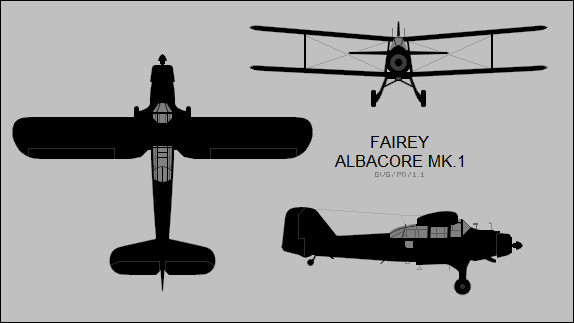
On 12 December 1938, one of the two slightly different TBRs was chosen for a maiden flight. This prototype took off at Great West Aerodrome, with F. H. Dixon in commands. Her reported a few issues, but it was overall a success. InApril 1939, the second prototype also made its maiden flight, followed by a whole comparative testing programme. Both prototypes ended integrated into the first production batch of 100 aircraft (because bean counters…) at Hayes factory. The production aircraft was a fusion of modifications made on both, notably the outfitting of non-tapered engine cowlings, different wheel-spats, made more aerodynamic and sturdier.
Being carrier-capable but also able to operate on land plane, the Air Ministry also asked for its potential conversion into a floatplane. Fairey thus equipped the first prototype with floats for further tests, while the other started a campaign of guelling catapult-assisted takeoffs.] The Marine Aircraft Experimental Establishment (MAEE) was responsible for both of these by early 1940, and showed the float-conveted prototype had poor water-handling but still acceptable airborne characteristics, notifying to rework flight controls. In 1939 already, the initial order for 100 started at Fairey (98 effective production models) previous delayed due to the adoption of the promising new Taurus engine.
By February 1940, The Albacore was fitted with the Taurus II and started flights at RAF Boscombe Down. This enabled the Albacor to reach speeds in excess of 160 mph (140 kn; 260 km/h) at 4,800 ft (1,463 m) and loaded at 11,570 lb (5,259 kg), the payload tested being four depth charges underwings. Tested without payload, it even reached 172 mph (149 kn; 277 km/h). Later it tested conclusively a 11,100 lb (5,045 kg) torpedo. Criticisms however amounted in 1940:
-Excessive heat of the forward cockpit in summer
-Too cold and drafty rear cockpit.
-“Uncomfortable stall characteristics”
-Dangerous crew boarding/ingress procedure.
-Specification alteration to accept the more powerfil Taurus XII engine.
This led to the Mark II, making the bulk of the total, 800 built at Fairey until 1943. It was planned in 1939 already to replace it by a high-performance monoplane with inline engine (The ill-fated Barracuda).
Design
Fuselage and structure
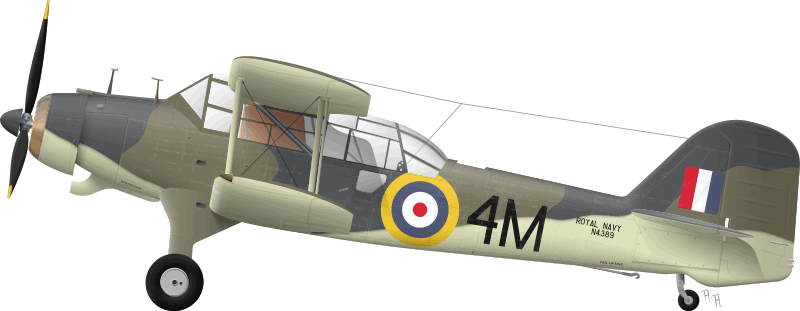
Profile, Mark I (CC)
The Albacore is a single-bay all-metal biplane. The fuselage is semi-monocoque, and rested on a split undercarriage. All this recalled the Swordfish, but a more powerful engine with Constant-speed propeller and many aerodynamic refinements to take the best of it ensured it would be much faster.
The greatest game changer in that was the enclose cockpit, well appreciated by the crew for the massive noise reduction and heating. The glass cockpit was two-tiered with sliding canopies before the main wings and after. The pilot was also blessed by a windscreen wiper. There was enough room for the pilot to leave his post, be replaced and goes to a lavatory.
The Crew was just two in torpedo bomber configuration, pilot forward, MG gunner aft, or 3 in a reconnaissance mission with the observer on the middle seat.
The fuselage measured Length: 40 ft 1+1⁄8 in (12.22 m) when in tail-up rigging position, for a width of 17 ft 9 in (5.41 m) wings folded, and a height of 12 ft 10+1⁄2 in (3.92 m) tail down, with the propeller tip down.
Its Empty weight was 7,250 lb (3,289 kg) in torpedo bomber configuration and 7,200 lb (3,300 kg) in a reconnaissance mission, so without payload. Gross weight was 10,460 lb (4,745 kg) as torpedo bomber and 9,615 lb (4,361 kg) in reconnaissance and its Max takeoff weight was 12,830 lb (5,820 kg).
Wings
Wings were of equal span, foldable. They pivoted on the end point. Covered by fabric, they had large, hydraulically-actuated flaps, and acting as air brakes when diving. Like the Swordfish, the Albacore was indeed rugged enough to make dives up to 215 knots (400 km/h) irrespective of the positioning of the flaps. This made this model a very versatile torpedo/recce/dive bomber. Eric Brown, superstar test pilot of WW2, tested the Albacore and reporded it relatively steady when diving with a smooth recovery and easy resource. Its Wingspan was 50 ft (15.24 m) down to 17 ft 9 in (5.41 m) wings folded, for a Wing area of 623 square feet (57.9 m2).
Powerplants
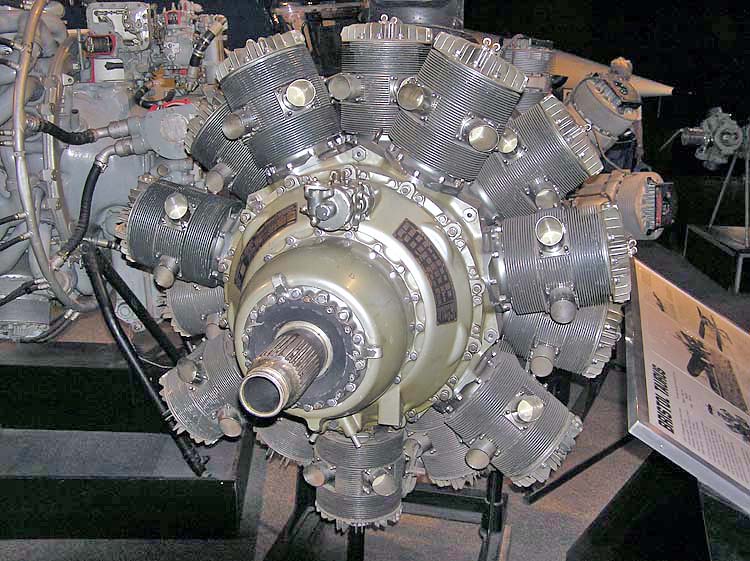
The initial Bristol Taurus II radial delivered 1,065 hp and it was swapped by the Taurus XII rated for 1,130 hp.
Taurus II: 1110 hp/3100 rpm, 4.25 lb boost @ 4000 ft. The Bristol Taurus II was a 14-cylinder two-row sleeve-valve radial piston engine, and delivered 794 kW for take-off, max throttle.
Taurus XII: 1130 hp/3100 rpm, 4.75 lb boost @ 3500 ft. Supercharger ratio decreased, larger impeller. In both cases, the aicraft was driven by a 3-bladed constant-speed propeller.
Performances
Maximum speed: 161 mph (259 km/h, 140 kn) as torpedo bomber at 4,500 ft (1,400 m) or 169 mph (147 kn; 272 km/h) in reconnaissance at the same.
Cruise speed: 140 mph (230 km/h, 120 kn) as tested, but far more when diving. Stall speed was however 54 mph (87 km/h, 47 kn) flaps down, precious when landing on a rocking carrier deck.
The Albacore’s Range was 710 mi (1,140 km, 620 nmi) with torpedo and it’s “one ticket” Ferry range was 930 mi (1,500 km, 810 nmi). It flew higher than the Swordfish too at 18,800 ft (5,700 m) of cailing, but was not an arrow, with a time to altitude of 6,000 ft (1,800 m) in eight minutes on average.
Equipments
For safety the Albacore was given an automatic liferaft deployment system, meaning it was ejected and inflated in the matter of seconds, greatly increasing changes of survival.
Armament
The Albacore’s pilot had a single fixed forward-firing machine gun (upper starboard wing), while the rear gunner sported a single or twin (later batches) Vickers K machine gun. But it could be replaced by a fixed, forward-firing 0.303 in (7.7 mm) M1919 Browning machine gun in the starboard wing. The twin flexible mount 0.303 in (7.7 mm) Vickers K became standard in the rear cockpit.
The Albacore was able to carry up to four 500 lb (230 kg) bombs underwings (2,000 lb (910 kg) total Mark I), or an standard airbone torpedo suspended under the belly, or six airborne depth charges, also underwing.
18-inch (450 mm) Mark XIIA torpedo: Service 1937, 16 ft 3 in (4.953 m) long, weighting 1,548 lbs. (702 kg) or a 1,670 lb (760 kg) model. Negative Buoyancy 230 lbs. (104 kg), 388 lbs. (176 kg) TNT warhead.
powered by Burner-cycle 140 hp @40 knots. Two settings 1,500 yards (1,370 m)/40 or 3,500 yards (3,200 m)/37 knots.
⚙ specifications Mark I |
|
| Gross Weight | 10,460 lb (4,745 kg) (torpedo bomber) |
| Empty Weight | 7,250 lb (3,289 kg) (torpedo bomber) |
| Wing area | 623 sq ft (57.9 m2) |
| Dimensions | 40 ft (12.22 m) x 50 ft (15.24 m) x 17 ft 9 in (5.41 m) wings folded |
| Propulsion | Bristol Taurus II 14-cyl. 2-row 1,065 hp (794 kW) TO |
| Propeller | 3-bladed constant-speed |
| Speed top/cruise | 161 mph (259 km/h, 140 kn) at 4,500 ft or 140 mph (230 km/h, 120 kn) |
| Range | 710 mi (1,140 km, 620 nmi) with torpedo |
| Ceiling | 18,800 ft (5,700 m) |
| Armament | Fixed fwd Vickers K 0.303 LMG, 1x rear cockpit |
| Payload | 1,670 lb (760 kg) torpedo/2,000 lb (910 kg) bombs/6 depht charges underwing |
| Crew | Crew: 2 (pilot, MG gunner) in TB, 3 Reconnaissance (+observer) |
The Albacore in Action
By March 1940, No. 826 Naval Air Squadron was created from scratch to evaluate and “write the book” of the Albacores in operation. Documentation was then passed on all squadrons operating the Swordfish, hoping to facilitate the transition in the matter of weeks. Active combat started on the Channel, against French occupied harbours and shipping along the coast, from shore bases, and convoy escort until the fall of 1940. HMS Formidable was the first to operate the type at sea, receiving the 826 and 829 Squadrons from November 1940. There too, pilots “wrote the book” during qualifications.
And soon the first critics fell: Reliability problems with the Taurus engine plagues early operations, mainly because the engine was brand new and still had teething issues, reolved over time. This was no worse by the way than the Pegasus which powered the Swordfish. But overall, the Albacore became less popular than the latter. Former “stringbag” Pilots found it sluggish, with quite heavy controls, too much for any evasive action after dropping a torpedo.
In 1941, some fifteen 1st-line Fleet Air Arm squadrons received the Albacore, all operating in the Mediterranean. By March 1941, Albacores took part in the Battle of Cape Matapan, managing to hit the Italian battleship Vittorio Veneto, braving her heavy AA. They were also deployed in the northk for the ill-fated raid on Kirkenes and Petsamo in July 1941. More surprisingly, they were prominently used at the battle of El Alamein, fore reconnaissance: They reported German positions and used air-dropped flares to facilitate work by RAF night bombers. This was their first night use by the way.
From September 1941 and until June 1943, No. 828 Squadron (RAF Hal Far in Malta) survived the “blitz” and multiplied sorties on axis shipping with mines and bombs, preying on convoys to africa with raids over Sicily or even mainland Italy and all along the axis-occupied North Africa. They were present in force during Operation Husky, the landings in Sicily and later over Salerno, notably occupied with ASW patrols on the landing areas in coordination with allied destroyers. They also bombed many airfields and fortified positions, depots and other objectives in both cases.
On 9 March 1942, 12 Albacores from HMS Victorious attacked KMS Tirpitz underway at sea near Narvik, again, braved fierce AA. They had been screened for this operation by six Albacores in reconnaissance launched previously. These planes were from the 817 and 832 Squadrons and all loaded with torpedoes. But Tirpitz at this stage had a really robust AA well setup to “welcome” such biplanes, and apart a torpedo 20 yards (18 m) of Tirpitz, this attack failed, with two Albacore not returning.
In 1943, the Albacore was scheduled for replacement by the Barracuda. No. 841 Squadron was the last to operate the type, after countless shore-based attacks in the English Channel, disbanded by late 1943. They were passed on training or given to other second line units.
The Royal Air Force’s No. 36 Squadron in Singapore obtained five of these to supplement its antiquated Vickers Vildebeests at Seletar, from December 1941. The Japanese captured them by March 1942. No. 415 Squadron of the RCAF was the only Canadian one equipped with Albacores, deployed during the Normandy invasion, reformed as 119 Squadron at RAF Manston, July 1944. It was sent to Belgium and operated there until early 1945, lacking spares, replaced by Swordfish III equipped with the ASV radar for night patrols. The latter operated until 8 May 1945, tracking German mini-submarines in the River Scheldt to attack Antwerp. The very last squadron was the Aden Communication Flight (17 Albacores) from mid-1944 to August 1946. SS Empire Arun also operated some by December 1945.
Gallery
Illustrations
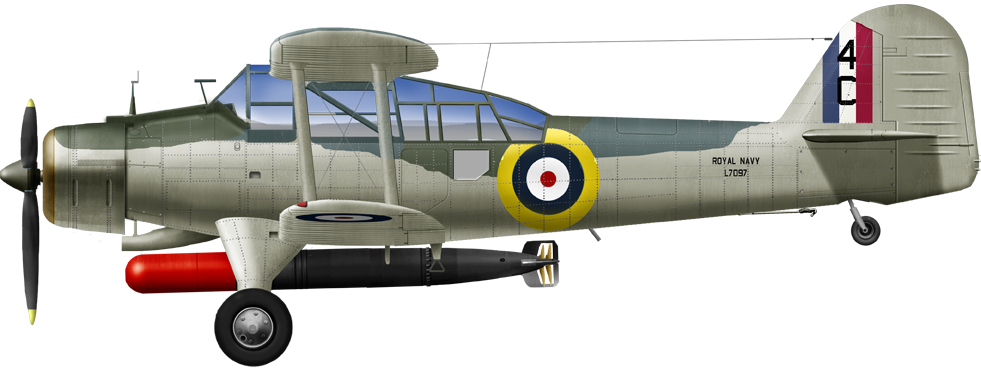 Mk.I from 826 Naval Air Squadron (NAS), Bircham, Newton, Sept. 1940
Mk.I from 826 Naval Air Squadron (NAS), Bircham, Newton, Sept. 1940
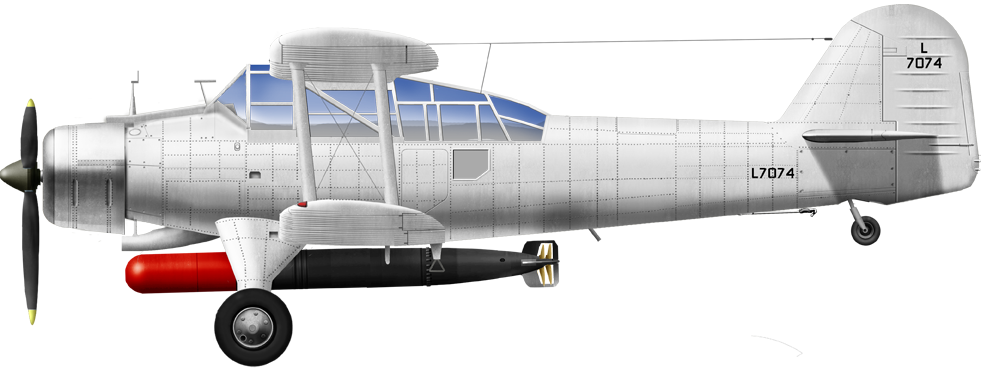 Albacore of unknown unit, unpainted and unmarked (possibly used for training) serial L7074
Albacore of unknown unit, unpainted and unmarked (possibly used for training) serial L7074
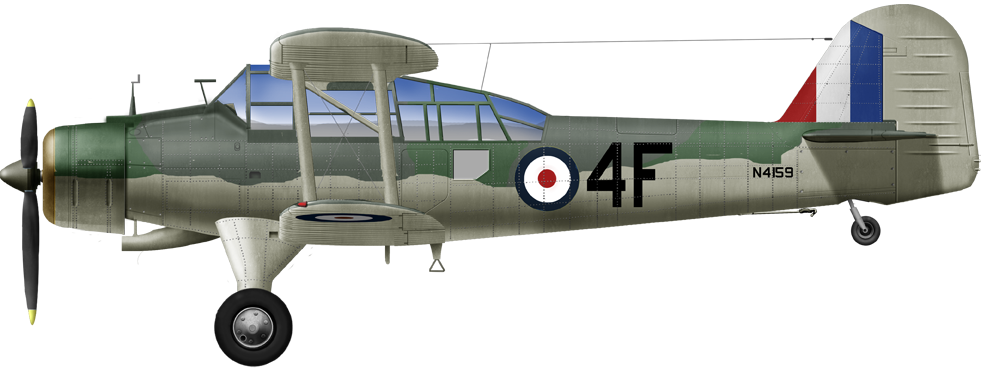 Albacore Mk.I Fleet Air Arm, unknown unit
Albacore Mk.I Fleet Air Arm, unknown unit
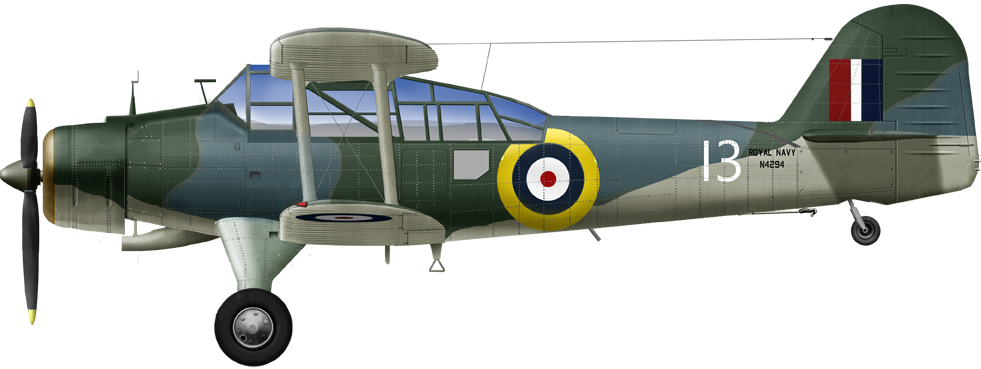 Mark II, 785 NAS, Crail, 1942
Mark II, 785 NAS, Crail, 1942
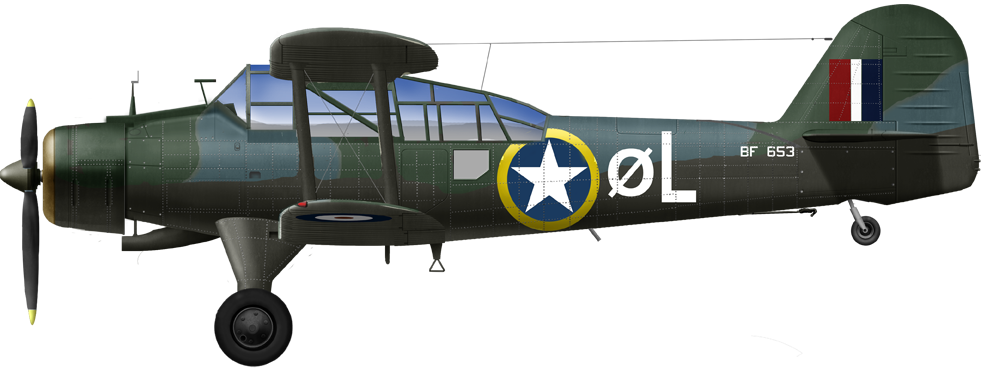 Mark II 820 NAS (HMS Formidable), Operation Torch, Nov. 1942
Mark II 820 NAS (HMS Formidable), Operation Torch, Nov. 1942
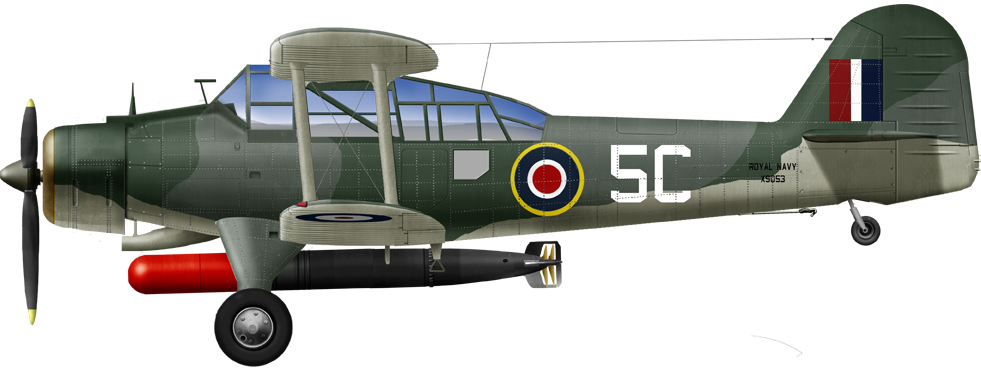
Fairey Albacore Mk.Vc from 817 Squadron in 1943-44.
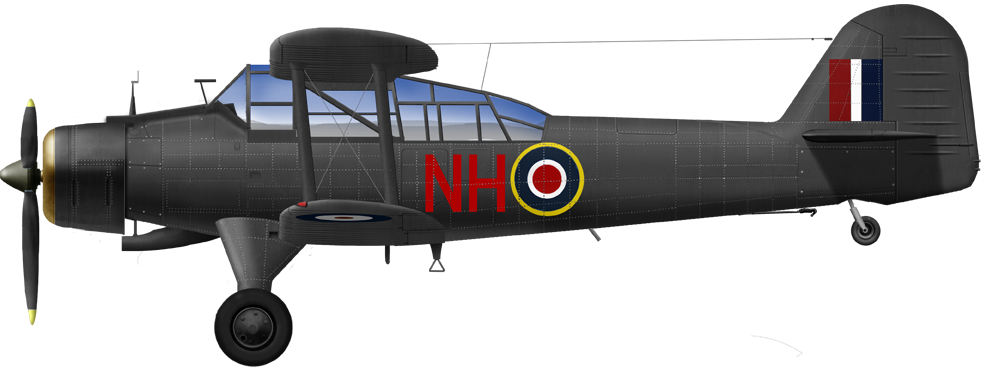 Mark II 145 Sqn. RCAF, Mansion 1944-45 Belgium
Mark II 145 Sqn. RCAF, Mansion 1944-45 Belgium
Photos
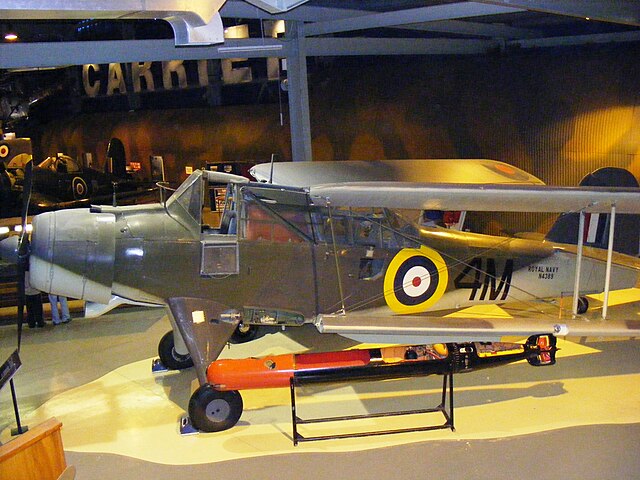
Albacore, wings folded at the FAA Museum
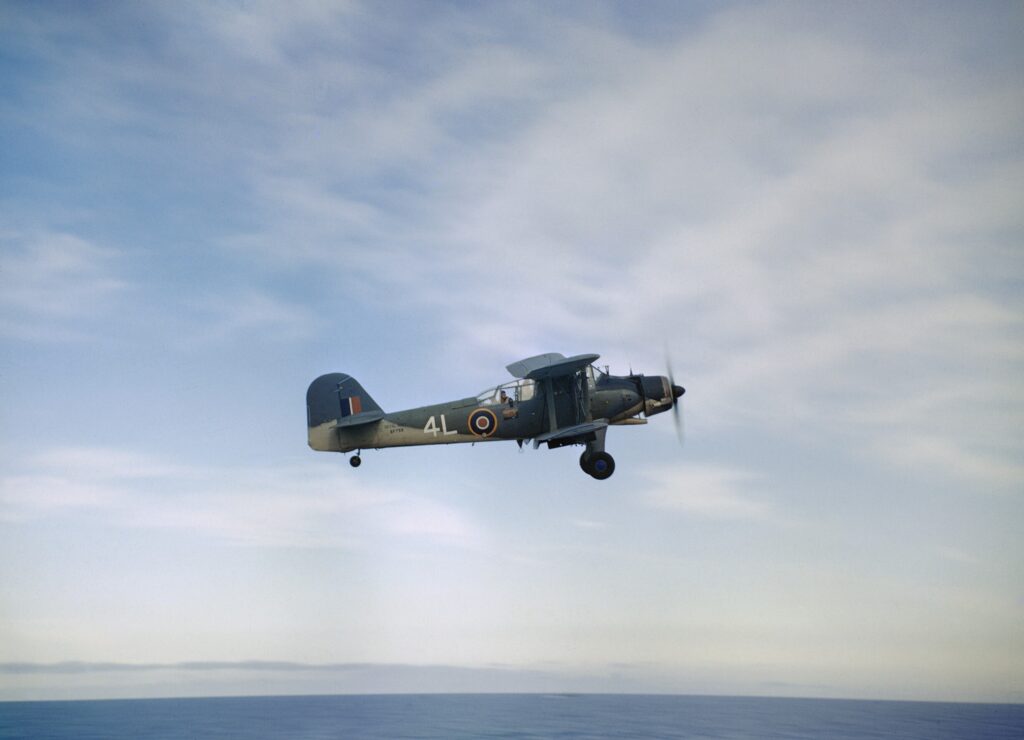
Albacore I from 820 NAS, HMS Formidable in Operation Torch, Nov. 1942.
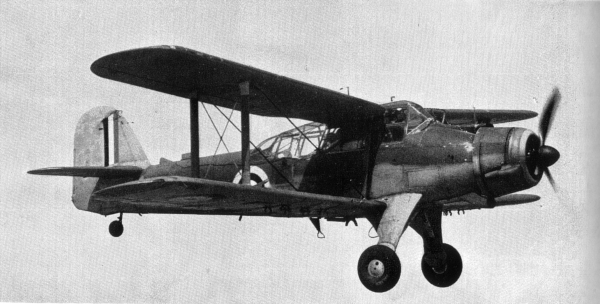
Albacore II in flight
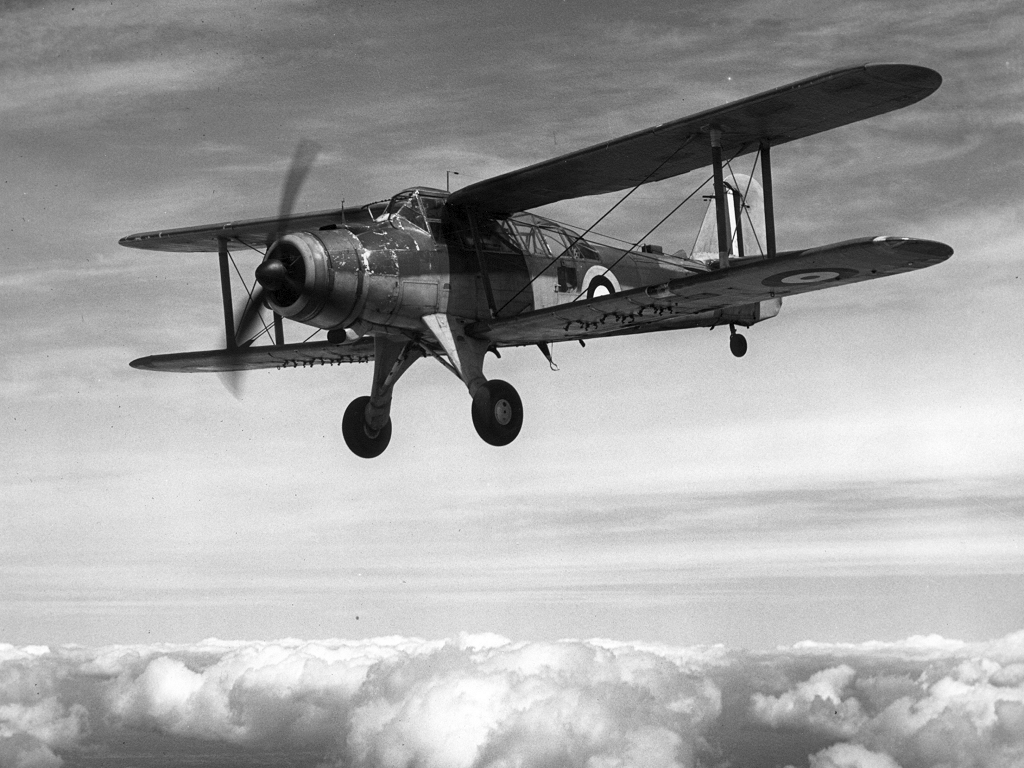
Albacore II in flight
Read More
Books
Bridgman, Leonard, ed. (1944). Jane’s all the World’s Aircraft 1943-44. London: Sampson Low, Marston & Co.
Brown, Eric (CBE, DCS, AFC, RN); Green, William; Swanborough, Gordon (1980). Wings of the navy : flying allied carrier aircraft of ww2. Janeʼs.
Harrison, W.A. Warpaint Series No.52 : Fairey Albacore. Bedfordshire: Warpaint Books Ltd 2004.
Kostam, Angus. Sink the Tirpitz 1942–44: The RAF and Fleet Air Arm duel with Germany’s mighty battleship. Osprey
Mason, Francis K. (1994). The British Bomber Since 1914. London: Putnam Aeronautical Books
Shores, Christopher; Cull, Brian; Izawa, Yasuho (1992). Bloody Shambles 1: The Drift to War to the Fall of Singapore. Grub Street.
Taylor, H.A. Fairey Aircraft Since 1915. London: Putnam, 1974.
Smith, Peter C. (1982). Dive bomber : an illustrated history. NIP
Taylor, H.A. (1974). Fairey aircraft since 1915. Putnam.
Links
pilotfriend.com
aviastar.org/
http://www.fleetairarmarchive.net/
aviastar.org/
classicwarbirds.co.uk/
ww2db.com/a
on militaryfactory.com
http://my-malta.com/
en.wikipedia.org
Model Kits
Query on scalemates Note a plentyful choice here. The model never has been popular, neither to the pilots of the time, not acquired the same historical significance. Three 1:48 kits and Special Hobby, Trumpeter, and the rest in 1:72.
Video

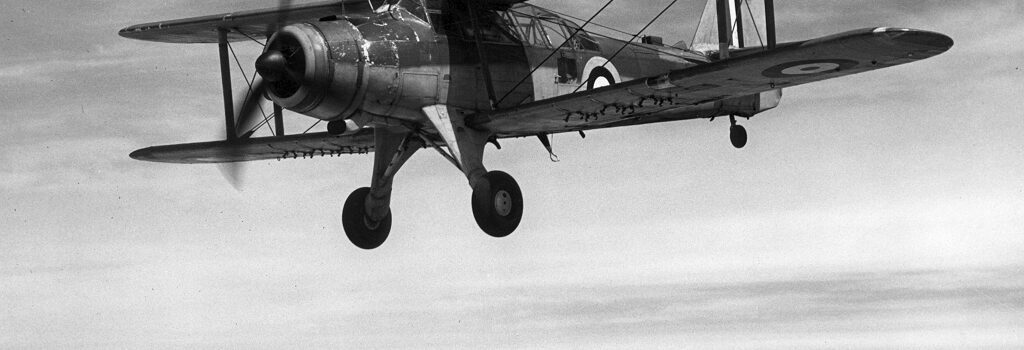

 Latest Facebook Entry -
Latest Facebook Entry -  X(Tweeter) Naval Encyclopedia's deck archive
X(Tweeter) Naval Encyclopedia's deck archive Instagram (@navalencyc)
Instagram (@navalencyc)





 Austrian Navy
Austrian Navy French Navy
French Navy Royal Navy
Royal Navy Armada Espanola
Armada Espanola K.u.K. Kriegsmarine
K.u.K. Kriegsmarine Dansk Marine
Dansk Marine Nautiko Hellenon
Nautiko Hellenon Koninklije Marine 1870
Koninklije Marine 1870 Marinha do Brasil
Marinha do Brasil Osmanlı Donanması
Osmanlı Donanması Marina Do Peru
Marina Do Peru Marinha do Portugal
Marinha do Portugal Regia Marina 1870
Regia Marina 1870 Nihhon Kaigun 1870
Nihhon Kaigun 1870 Preußische Marine 1870
Preußische Marine 1870 Russkiy Flot 1870
Russkiy Flot 1870 Svenska marinen
Svenska marinen Søværnet
Søværnet Union Navy
Union Navy Confederate Navy
Confederate Navy Armada de Argentina
Armada de Argentina Imperial Chinese Navy
Imperial Chinese Navy Marinha do Portugal
Marinha do Portugal Mexico
Mexico Kaiserliche Marine
Kaiserliche Marine 1898 US Navy
1898 US Navy Russkiy Flot
Russkiy Flot French Naval Aviation
French Naval Aviation Russian Naval Aviation
Russian Naval Aviation Sovietskiy Flot
Sovietskiy Flot Royal Canadian Navy
Royal Canadian Navy Royal Australian Navy
Royal Australian Navy RNZN Fleet
RNZN Fleet Chinese Navy 1937
Chinese Navy 1937 Kriegsmarine
Kriegsmarine Chilean Navy
Chilean Navy Danish Navy
Danish Navy Finnish Navy
Finnish Navy Hellenic Navy
Hellenic Navy Polish Navy
Polish Navy Romanian Navy
Romanian Navy Turkish Navy
Turkish Navy Royal Yugoslav Navy
Royal Yugoslav Navy Royal Thai Navy
Royal Thai Navy Minor Navies
Minor Navies Albania
Albania Austria
Austria Belgium
Belgium Columbia
Columbia Costa Rica
Costa Rica Cuba
Cuba Czechoslovakia
Czechoslovakia Dominican Republic
Dominican Republic Haiti
Haiti Hungary
Hungary Honduras
Honduras Estonia
Estonia Iceland
Iceland Eire
Eire Equador
Equador Iran
Iran Iraq
Iraq Latvia
Latvia Liberia
Liberia Lithuania
Lithuania Mandchukuo
Mandchukuo Morocco
Morocco Nicaragua
Nicaragua Persia
Persia San Salvador
San Salvador Sarawak
Sarawak Uruguay
Uruguay Venezuela
Venezuela Zanzibar
Zanzibar Warsaw Pact Navies
Warsaw Pact Navies Bulgaria
Bulgaria Hungary
Hungary

 Bundesmarine
Bundesmarine Dutch Navy
Dutch Navy Hellenic Navy
Hellenic Navy Marina Militare
Marina Militare Taiwanese Navy
Taiwanese Navy Chinese Navy
Chinese Navy Indian Navy
Indian Navy Indonesian Navy
Indonesian Navy JMSDF
JMSDF North Korean Navy
North Korean Navy Philippines Navy
Philippines Navy ROKN
ROKN IDF Navy
IDF Navy Royal New Zealand Navy
Royal New Zealand Navy Egyptian Navy
Egyptian Navy South African Navy
South African Navy

































 RN
RN
 Marine Nationale
Marine Nationale
 Soviet Navy
Soviet Navy
 dbodesign
dbodesign